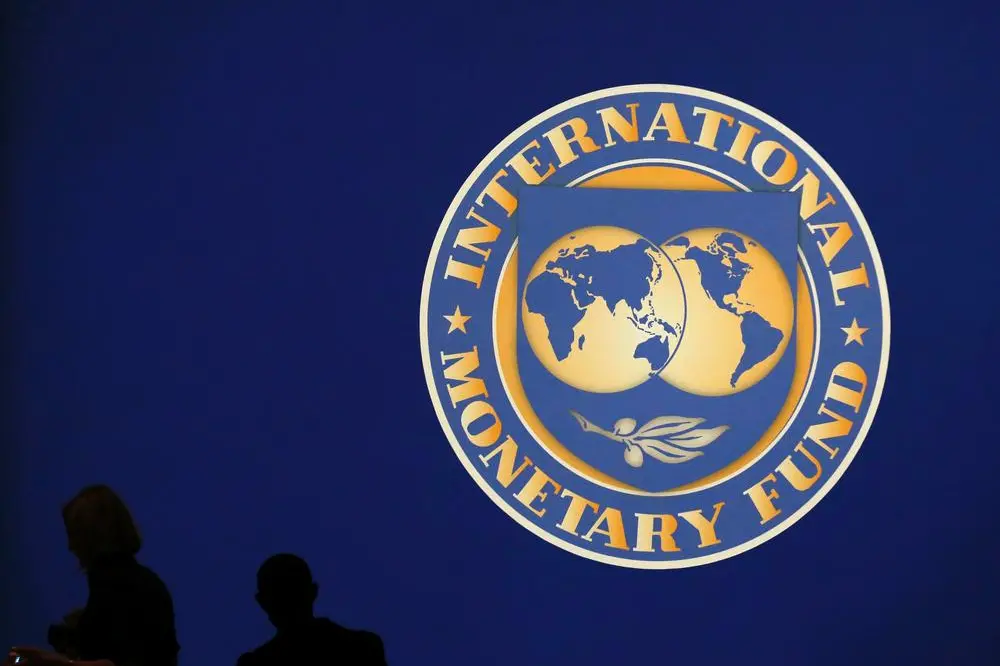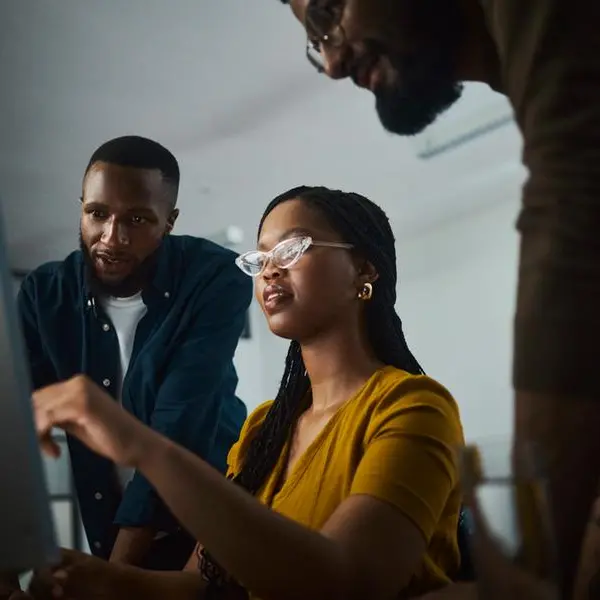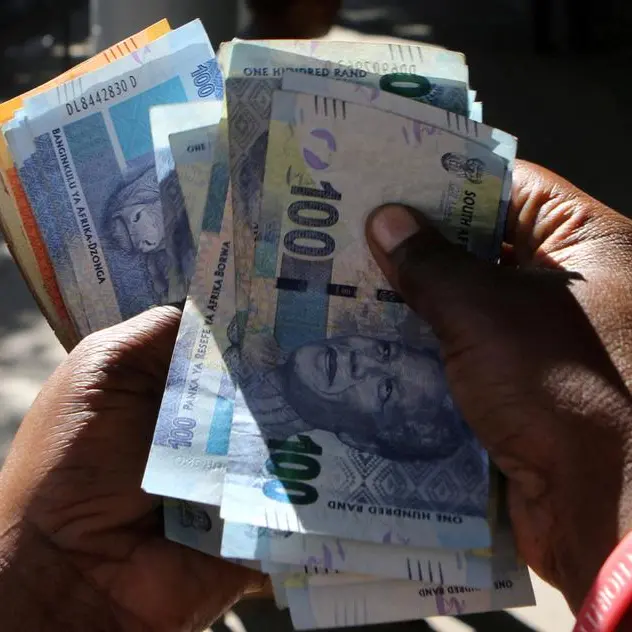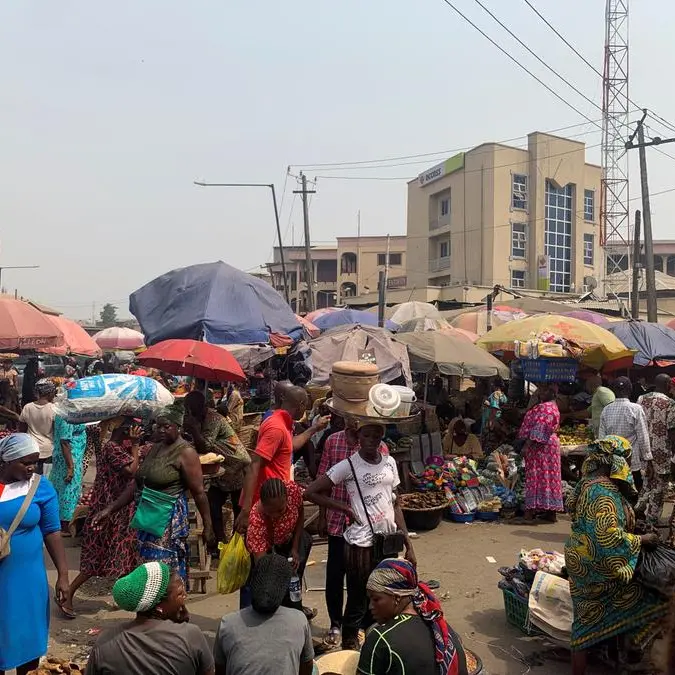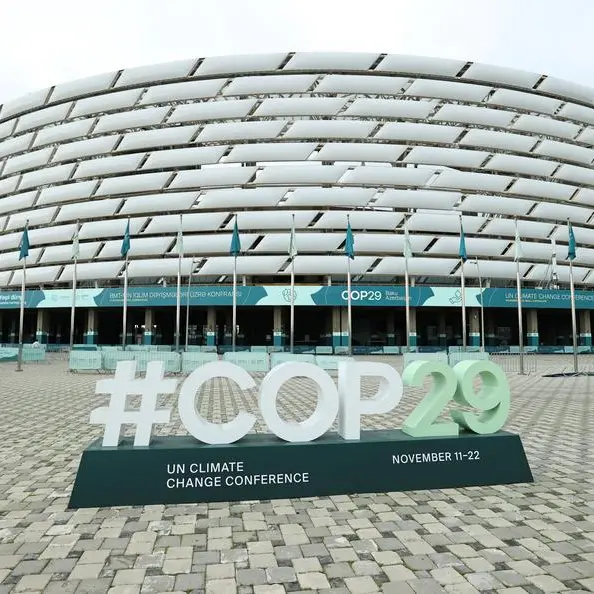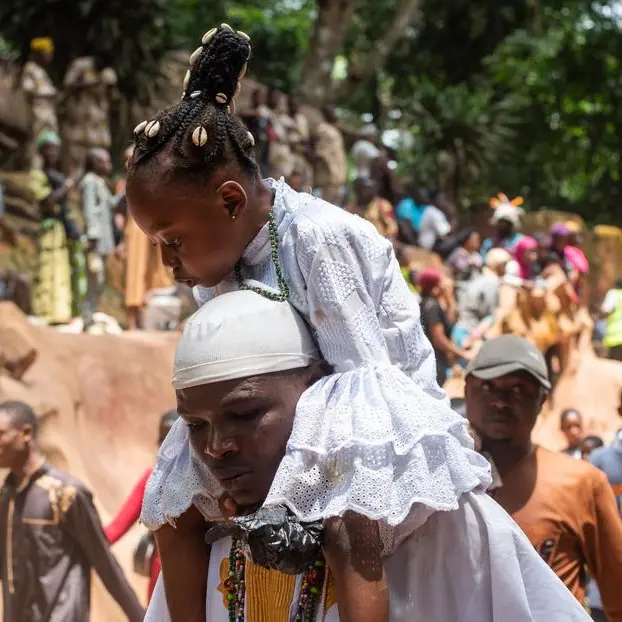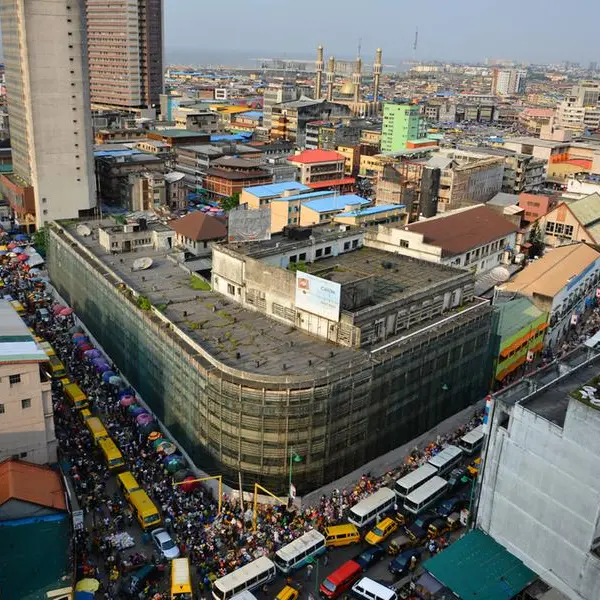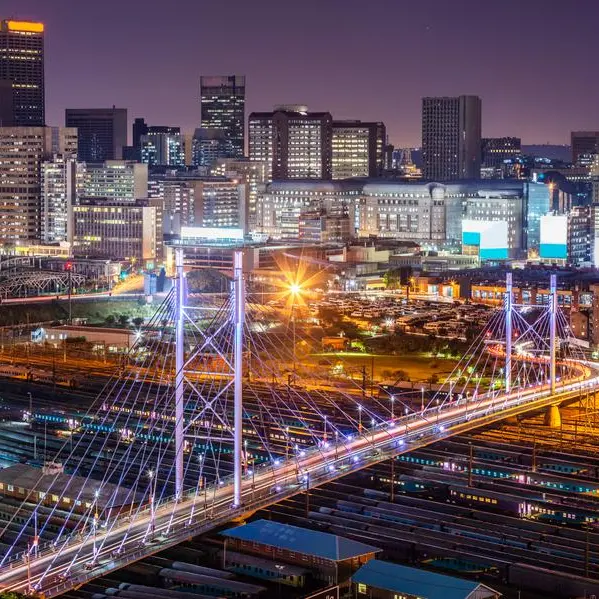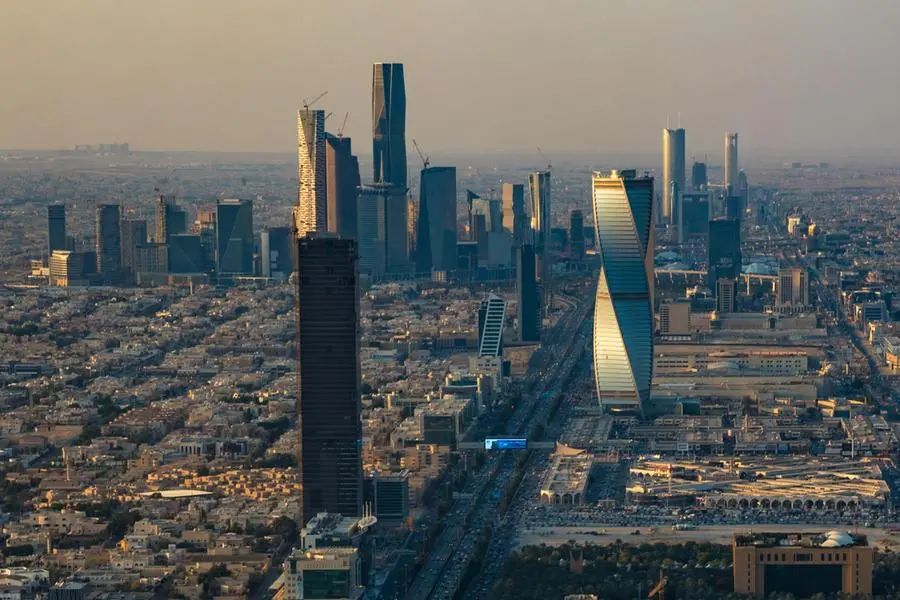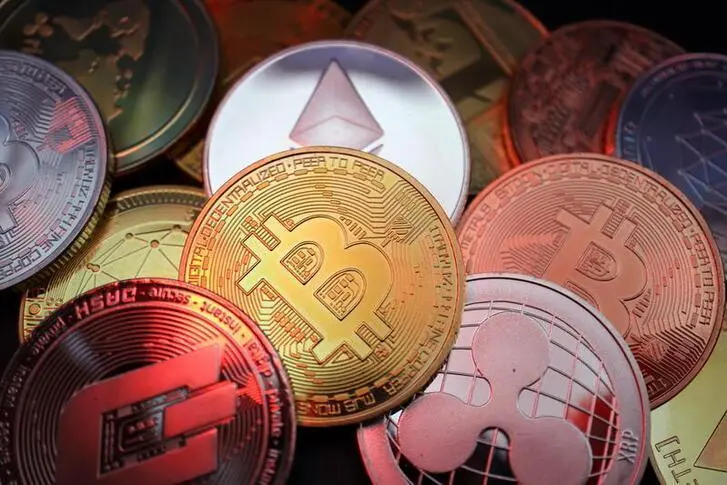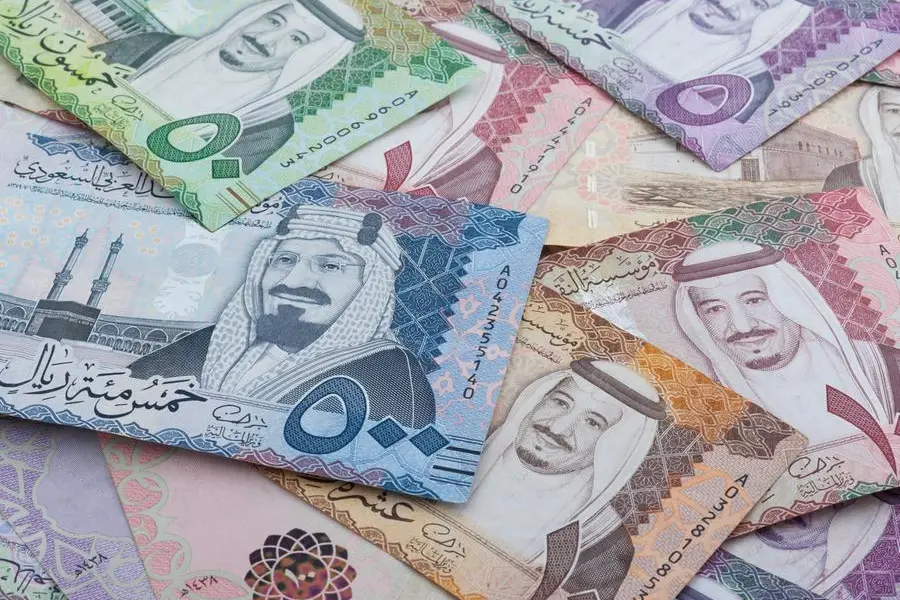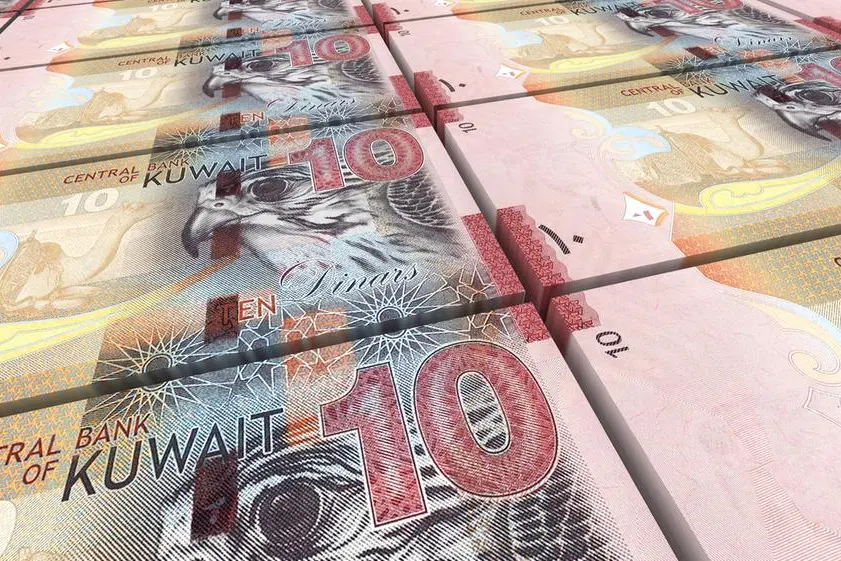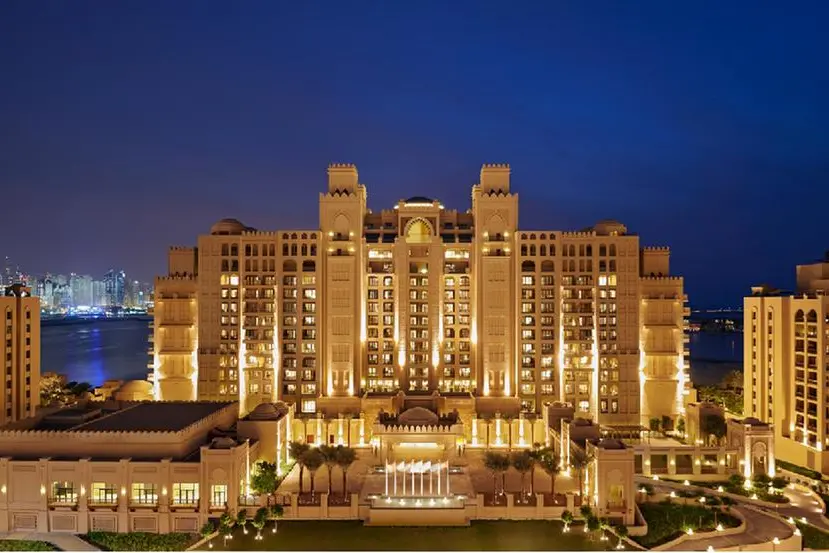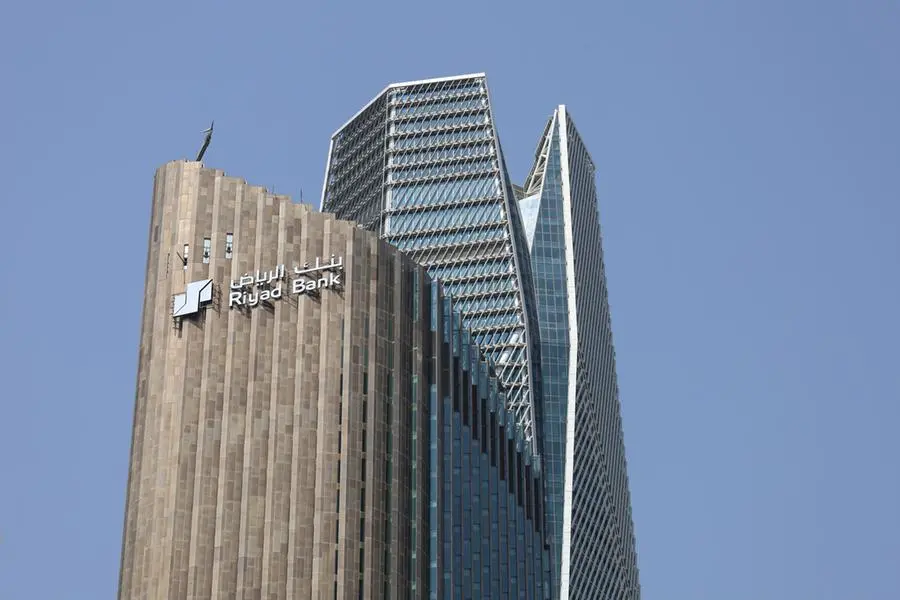PHOTO
LONDON - The heads of the African and Inter-American Development banks are touring North America, the Middle East, Korea and Brazil in a bid to secure $20 billion of IMF reserve assets which they want to turn into $80 billion of climate financing.
AfDB President Akin Adesina told Reuters the aim is to get at least five of the countries that he and his IDB counterpart Ilan Goldfajn are visiting in the coming months to pledge the so-called Special Drawing Rights (SDR).
It follows the IMF's approval last month for SDRs to be used to acquire the kind of 'hybrid capital bonds' that AfDB pioneered earlier this year as a way for multilateral lenders to make their resources go further.
"We've been talking to Canada, we've been talking to the United States, talking to Saudi Arabia, to Korea, to Kuwait, also Qatar, as well as Brazil," Akin Adesina said in an interview during a trip to London.
As part of a global drive for top multilateral development banks (MDBs) to do more to tackle climate change and poverty, the AfDB and IDB's plan is to leverage every $1 of SDRs into $4 of new funding via instruments like hybrid bonds.
"All these countries have shown a lot of interest, and I think that with the approval from the IMF to use it (SDRs), it's going to make that conversation a lot better," Adesina said.
Japan too has committed to support as a prospective SDR donor while in Europe, France, has expressed an interest the AfDb says to provide some of its SDR for a tandem "liquidity guarantee" to pay back donors in case they themselves run into trouble.
Adesina said he and Goldfajn had the rest of the year to "bring the bacon home", adding, "there are a lot of things that that bacon can feed - electricity, water sanitation, education".
Earlier this month, the AfDB's board separately approved a $117 billion capital increase and it is looking for another $25 billion for its African Development Fund concessional lending arm.
It wants some of the resources to be used for things such as credit guarantees that use the halo effect of the bank's triple-A credit rating to cut cost of borrowing on projects.
It is already using them for railways connecting Tanzania to Democratic Republic of Congo and Burundi, and between Nigeria and Niger, and intends to do the same for debt-for-nature or climate swaps to help governments cut debt in return for protecting key ecosystems.
'DISASTER'
Adesina, who is nearing his final year in charge of the AfDB, said there also needs to be a recognition of the economic and planetary value of Africa's savannahs, rainforests, rivers and oceans.
He estimates them be worth at least $6.8 trillion and the bank wants to recalculate the continent's GDP figures to incorporate it all. The Congo Basin for example is estimated to be the world's largest carbon sink, bigger than the Amazon.
"In a world of climate change and green growth that ought to matter," he added, saying that if "properly valued" countries like Congo and Gabon would have much better debt metrics.
The bank is also working on new currency hedging tools including in South Africa where it recently set up a $1 billion guarantee programme in collaboration with the UK government.
The IDB launched something similar with Brazil earlier this year for sustainability focused projects there.
One thing African countries need to stamp out, however, said Adesina, are resource-backed loans - where they promise to supply oil, gas or metals in return for the money, often on undisclosed terms.
It is a approach some have used to secure funding from China as well as other countries, banks and commodity firms.
"If somebody has a liquidity challenge, it doesn't mean you should pawn your assets," Adesina said, while also criticising the providers of such loans.
"It's like scavenging! Financial scavenging to take advantage of desperation of countries," he said.
"It's not about any particular country or institution, it is a fundamental thing. I think it is a disaster for Africa."
(Reporting by Marc Jones; Editing by Alexander Smith)
